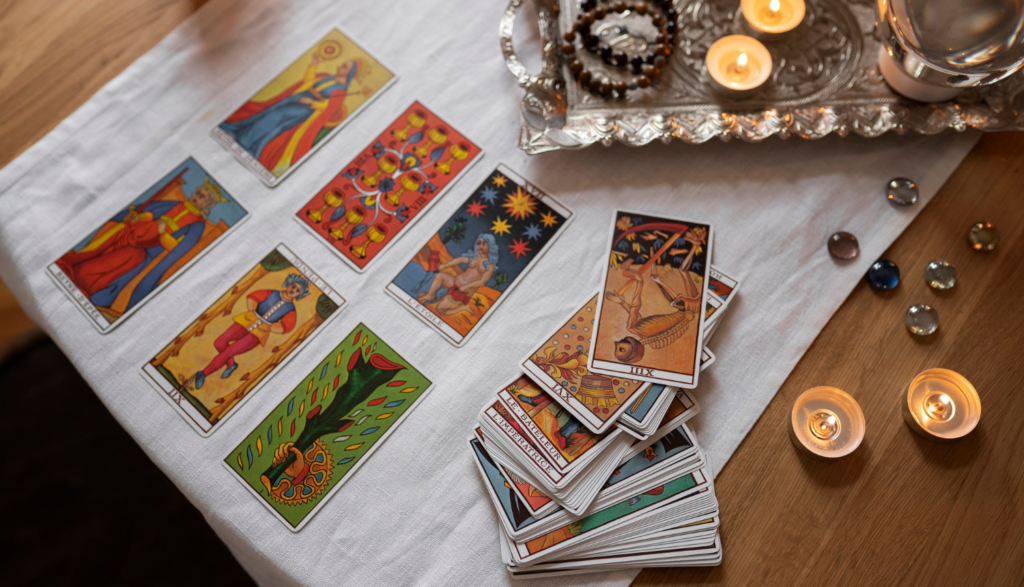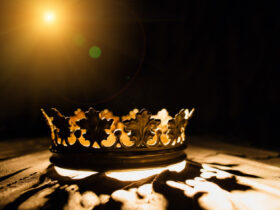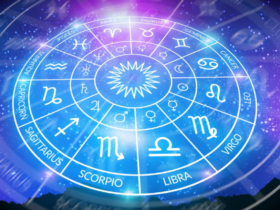The tarot deck, a tool rich in symbolism and mystery, has captivated the imagination of people for centuries. While many see tarot purely as a means of divination, the cards also serve as a canvas showcasing a confluence of historical influences and inspirations. From ancient myths to medieval iconography, historical figures play a pivotal role in shaping the imagery and meaning of tarot cards.
Ancient Influences
One of the most significant historical influences on tarot is ancient mythology. The Major Arcana, in particular, is rife with archetypal figures that echo the gods and goddesses of ancient civilizations. For example, The Empress card can be seen as a reflection of Demeter, the Greek goddess of agriculture and fertility, symbolizing growth, abundance, and motherhood. Similarly, The Magician card echoes Hermes, the Greek god of communication and trickery, representing skill, dexterity, and the power of transformation.
Medieval and Renaissance Iconography
As tarot evolved, it began to incorporate elements of medieval and Renaissance culture. The images found in these cards were heavily influenced by the art and religious symbolism of these periods. The Pope, or Hierophant, in the tarot deck, reflects the authority and spiritual guidance associated with the Catholic Church during the Middle Ages. This card symbolizes tradition, religious belief, and institutional authority.
The Lovers card, often depicted with Adam and Eve or figures reminiscent of them, draws on Christian iconography and biblical narratives. It represents not only romantic love but also choices, ethical dilemmas, and the harmony between opposites.

Historical Figures as Archetypes
Some tarot decks go a step further by explicitly including historical figures. The Visconti-Sforza tarot, one of the oldest surviving decks, features members of the Milanese court. These figures are immortalized in the cards, representing various virtues, vices, and societal roles of their time. This blend of historical personages with allegorical themes enriches the tarot’s storytelling capacity.
Related: Zodiac Energy Boost: How Each Sign Can Thrive in the New Year
In more modern times, historical and literary figures continue to inspire tarot creators. Decks like the Shakespearean Tarot or the Arthurian Tarot draw directly from literary history, embedding the characters and stories of William Shakespeare and Arthurian legend into the tarot’s structure. These decks serve as a bridge between the historical narratives and the timeless themes explored through tarot.
The tapestry of tarot is woven with threads of history, mythology, and human experience. The influences and inspirations drawn from historical figures not only deepen the symbolic resonance of the cards but also connect users to a rich cultural and historical heritage. Whether viewed as a divinatory tool or a work of art, the tarot deck remains a testament to the enduring power of human stories and the figures who shape them.





















